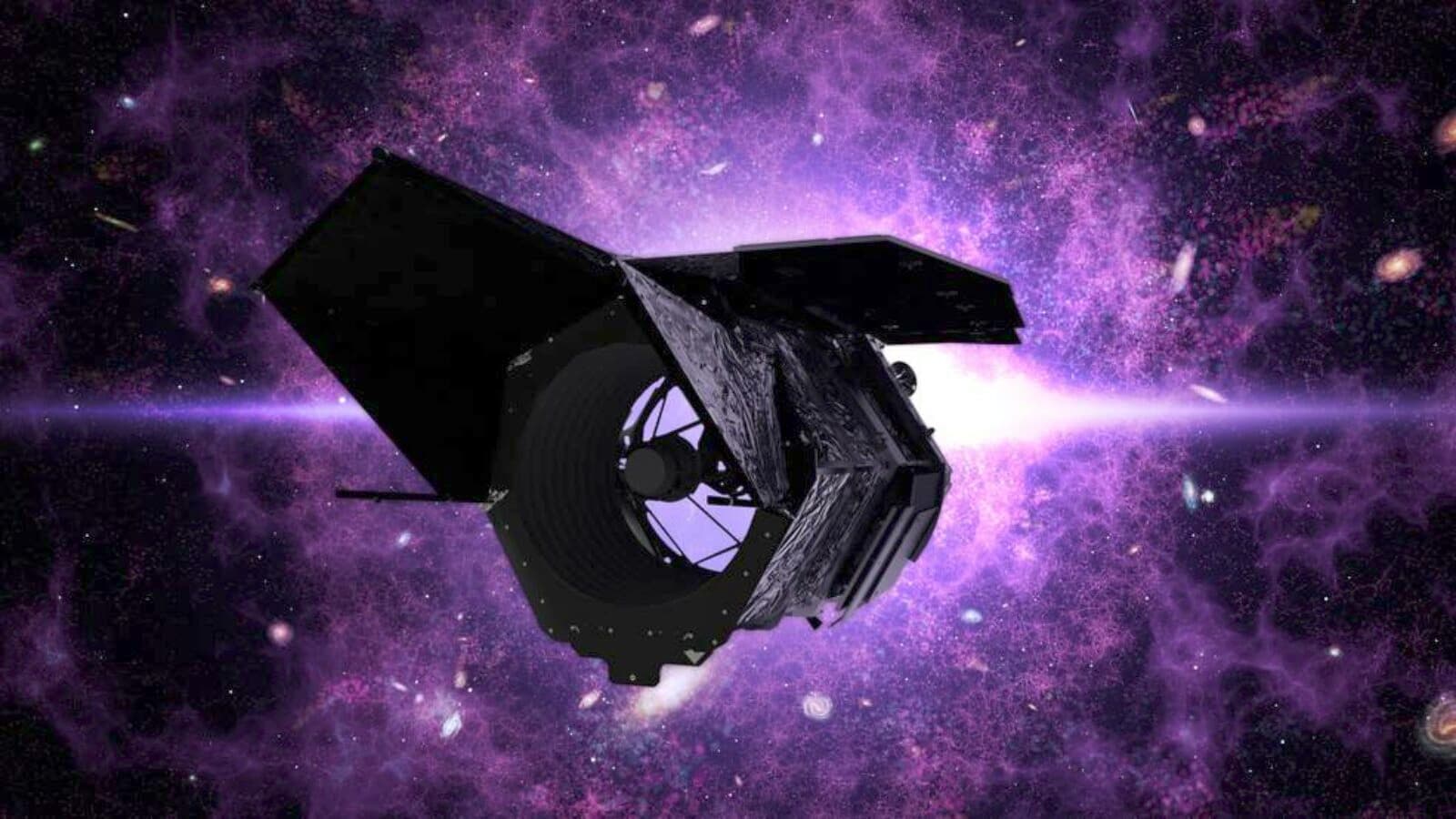Lights Out!
by Adam Hadhazy
Advancing the art of starlight suppression in space with the Roman Telescope

The Author
The Nancy Grace Roman Space Telescope won't fly until 2025 at the soonest, but when it does, astrophysicists will be licking their chops. As its primary science objective, the telescope will scour the depths of time and space to tell us more about dark energy. Roman will additionally perform a kind of census for small-ish exoplanets like Earth, helping us to better gauge if we're alone in the universe.
Another key way that Roman will significantly move the science ball forward is by testing out an advanced coronagraph in space for the first time. Such a space telescope-cum-coronagraph—along with other image-boosting current technologies like deformable mirrors—would enable us to directly image Earthlike exoplanets and parse their atmospheres for signs of extraterrestrial life.
The gap between what’s been done on Hubble, or on the ground, and what we need to see Earthlike planets with a future mission is huge.
Bruce MacIntosh, Professor of Physics at the Kavli Institute for Particle Astrophysics and Cosmology
Coronagraphs have long been used to suppress the overwhelming brightness of sunlight and starlight, the better to study otherwise-hard-to-discern, circumstellar phenomena. The goal now is to deploy powerful coronagraphs onboard space telescopes, above the blurring effects of Earth's atmosphere that ultimately place limits on ground-based astronomy.
But first, Roman must show us how to get the delicate coronagraph tech to perform admirably in the unforgiving environment of the final frontier. Although the astronomical community's hope was to originally have the Roman coronagraph be a full-fledged, science-ready system, budgetary and schedule constraints have scaled back its ambition to what is known as a technology demonstration—more of a prototype to work out the kinks than to swing for the fences.
"It’s still exciting to see a high-performance coronagraph get fielded in space," says Bruce Macintosh, a Professor of Physics at the Kavli Institute for Particle Astrophysics and Cosmology (KIPAC) at Stanford University, who is co-leading a science investigation team for the Roman coronagraph.
Macintosh knows a thing or two about coronagraphs. He is the Principal Investigator for the Gemini Planet Imager (GPI), an instrument mounted on the Gemini South Telescope in Chile. GPI relies in part on a coronagraph to image young, Jupiter-like exoplanets at Jupiter-like distances from their host stars.
The Roman coronagraph will build on what's come before it, including the rudimentary coronagraph on the Hubble Space Telescope. There remains a good deal to prove out yet.
"The gap between what’s been done on Hubble, or on the ground, and what we need to see Earthlike planets with a future mission is huge, and involves a lot of new tech that's never been flown," says Macintosh. "Getting a chance to try that out is important."
Coronagraphs essentially work by placing an opaque disk over a star, suppressing glare and letting the light produced by or reflected off of nearby features (such as smaller companion stars or planets) register in a telescope's optics. The name "coronagraph" stems from the initial (and still a very common use) of the devices: for blocking out the Sun's brightness in order to study its corona, a superhot realm of surrounding plasma.
In the case of the Roman coronagraph—technically called CGI, for Coronagraph Instrument—researchers want to test out how vibrations, for instance, in the telescope cause the light from stars to wobble around. That wobbling makes it hard to block starlight out effectively. Researchers also want to learn how to better discern where a blocked star is in relation to any dim planets that its blocking-out reveals. That's a necessary step for measuring the distance to the planets, which is in turn critical for gauging whether the planets reside in the star's "habitable zone," the temperature band where liquid water can persist on a planetary surface and thus where life as we know it is likeliest to appear.
Cumulatively, CGI will improve our understanding across a number of planet measurement sensitivities and uncertainties. "It'll be the first chance to play with 'real' coronagraph space data," says Macintosh.
In terms of the science returns for the tech demo mission, Macintosh says CGI might be able to see "mature" Jupiter-esque worlds, like those in our several-billion-year-old solar system. CGI will also be able to study asteroid and comet belts in other solar systems. Superficially, CGI will pick up the glow of exo-zodiacal light—the exo-version of light produced in our solar system by the dust particles released by asteroids and comets. If that exo-zodiacal light does indeed exist in mature systems like ours, if it will bear out that settled collections of asteroids and comets are common elsewhere.
The ultimate goal for spaceborne coronagraphy remains an Earthlike planet. With Macintosh's state-of-the-art ground-based project, GPI, it's possible to see planets that are about a million times fainter than their star. To see to see an Earthlike planet, however, that threshold balloons to ten billion times fainter—"basically impossible for a telescope on the ground," Macintosh says.
But because space telescopes are very stable and still, that threshold looks achievable down the road. "Roman CGI won’t get all the way to ten billion," says Macintosh, "but maybe ten million, which is a pretty big step forward."